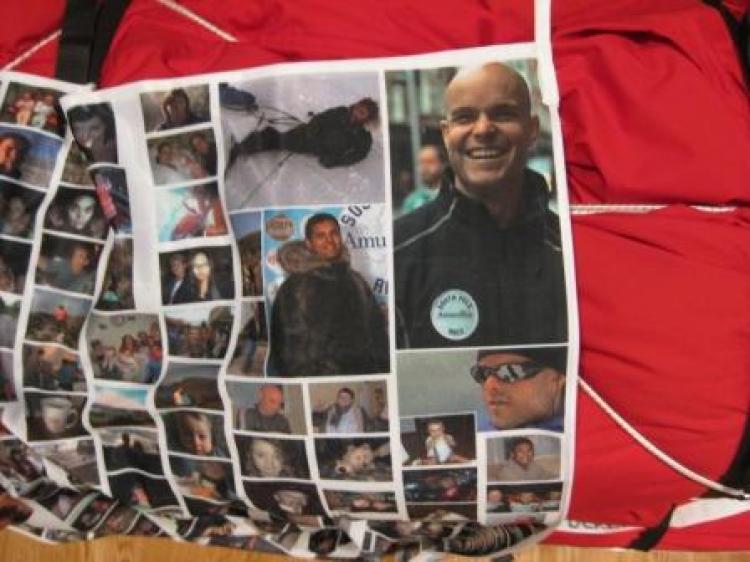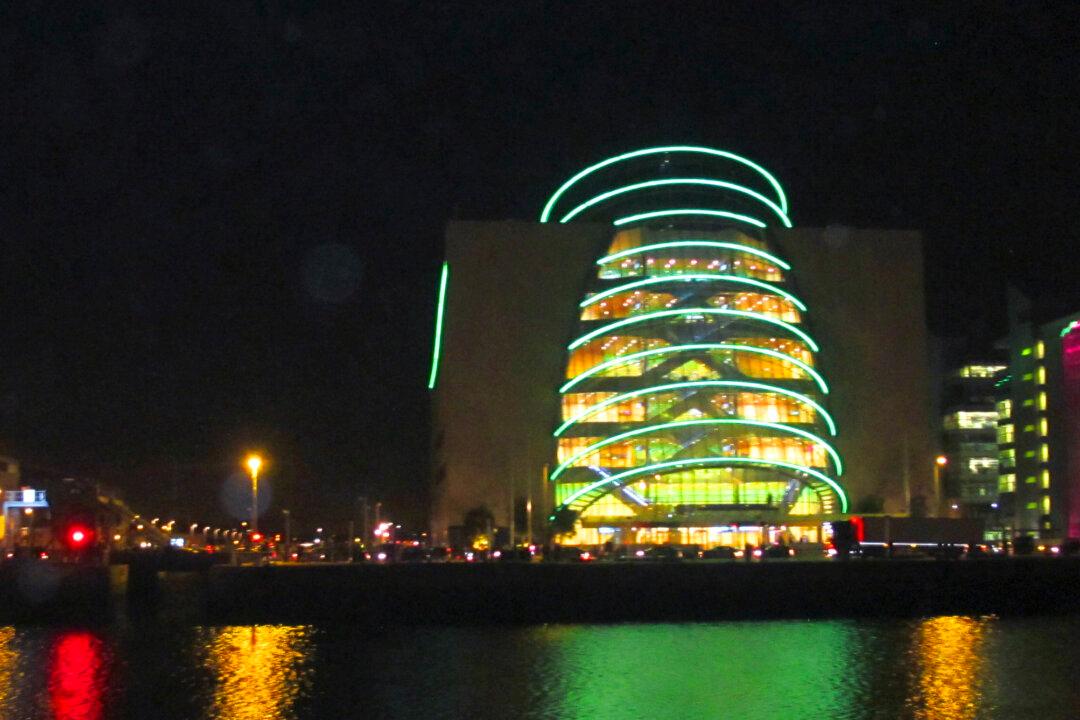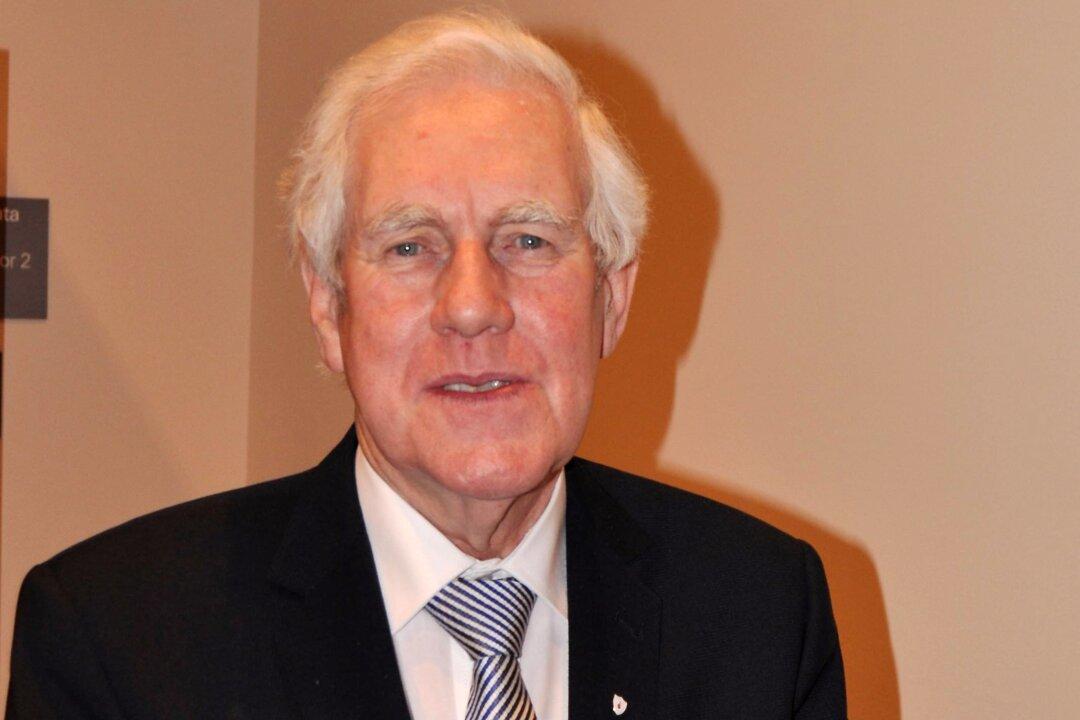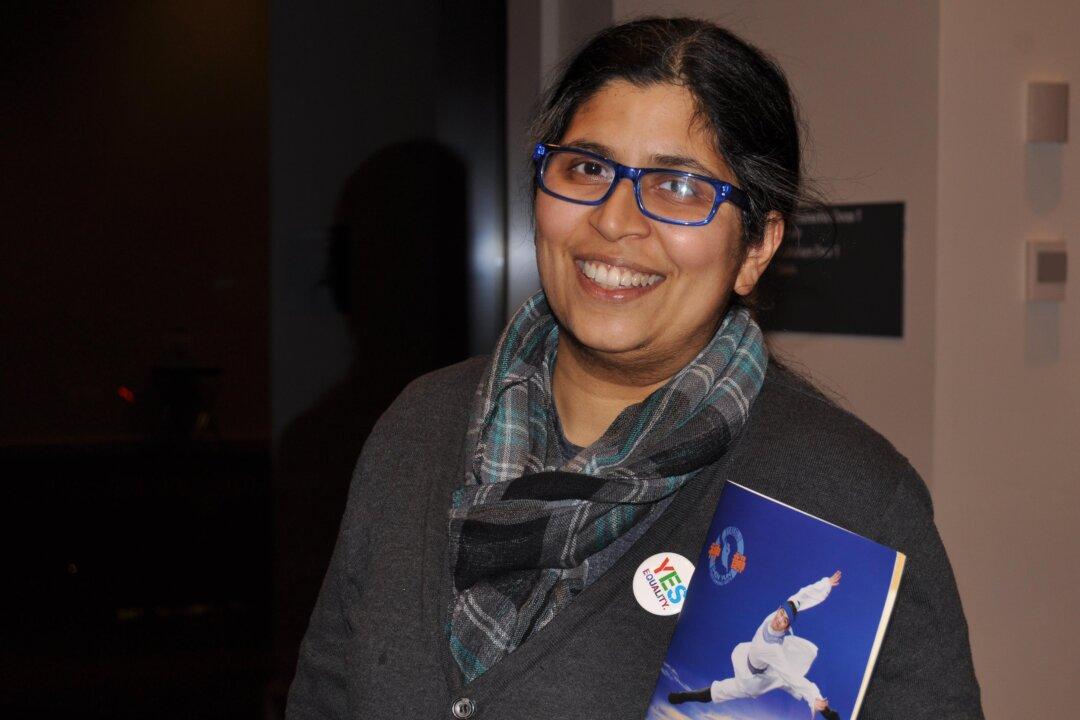“We are all astounded by his drive, motivation and determination skiing to the South Pole… He skied every meter to the check point, over all of the difficult terrain…where several other competitors have given up and walked,” read the message which was recently published on the official South Pole Race website.
Mark Pollock’s teammate Inge Solheim said “During 13 hour days it’s not easy to motivate yourself to do it. Mark is my purpose to wake in the morning and ski for 13 hours. What he is doing is so important for everyone as an example.”
Prior to leaving for Antarctica Mark said that his two greatest worries during the race would be, could they stay free of any major injuries and could they make the time cut-offs?
Team South Pole Flag have managed to accomplish both. Mark and his team still have the constant worry that some member of the team could pick up an injury at any stage that would end their challenge. This is something they have just had to live with.
Arriving at the halfway point where they are forced to rest for 24 hours, the guys have taken a giant step towards removing the worry of being eliminated from the race due to missing the cut-off time. Team South Pole Flag have been averaging 38km per day, 4km per day above the cut-off speed of 34km per day.
Of the six teams that started the challenge, two have pulled ahead to a lead where they are perhaps unreachable by the other teams; however Team South Pole Flag are still in a race with two of the other teams.
In a satellite phone interview with base camp coordinator Ciaran Lewis, Mark explained how tough the challenge was for him both physically and mentally. “Everyday I have huge multiple highs and multiple lows…sometimes I feel like I could ski forever other times I feel like I could stop.”
One occasion when Mark wanted to stop was on the sastrugi, which are frozen waves of ice, some as high as 3 meters. Hauling his sledge over these obstacles has been gruelling from Mark.
“It’s the smaller choppier ones that are more difficult because your skis go left, go right, go forward and back,” said Mark. At one stage Mark was falling about a dozen times per day on this terrain, which was exhausting physically and a burden mentally as he feared sustaining an injury that would end his race. “We just need to stay injury free to make it to the South Pole,” was Mark’s battle cry.
The Team have had their share of injuries, fortunately none serious enough to stop their race. These minor setbacks have all added to the overall physicality of the challenge.
The most experienced member of the team Inge Solheim has lost a filling, resulting in a bad toothache, he has also had blistering on his thighs and feet. As for Mark his main complaint is bruised feet that make it very tough to walk, fortunately after about half an hour of skiing Mark says “the body seems to anaesthetized the feet and they don’t seem as bad.”
The most serious injury to date was sustained buy Simon O’Donnell. Two days into the event he got frostbite on one of his ears. He had to pay close attention to his injury which he did and thankfully it has improved and now is not too serious. Mark wanted to assure Simon’s friends and family that he was fine. “All in all we are in pretty good shape for the check point phase,” said Mark in an upbeat and positive tone.
The Daily Work Rate
On average the team ski for approximately 12 hours each day, some days they will ski for as long as 14 hours. On the run-in to the rest period they covered 45.5 km in 14 hours, Mark jokingly said “That was Simon’s first ever marathon, so that was a good one to get under the belt.”Team South Pole Flag arrived at the transition point at 12 midnight and like all the other teams they were forced to rest for 24 hours. In a bid to make up some time on their competitors they decided to start their second phase at 12 midnight (daylight 24 hours per day). As per usual Mark found a light hearted way to turn this into a positive move. “We are going to change our days into nights, we will probably get jet lag as well as everything else.”
The weather has been extreme to say the least with temperatures dropping to -42 degrees Celsius.






